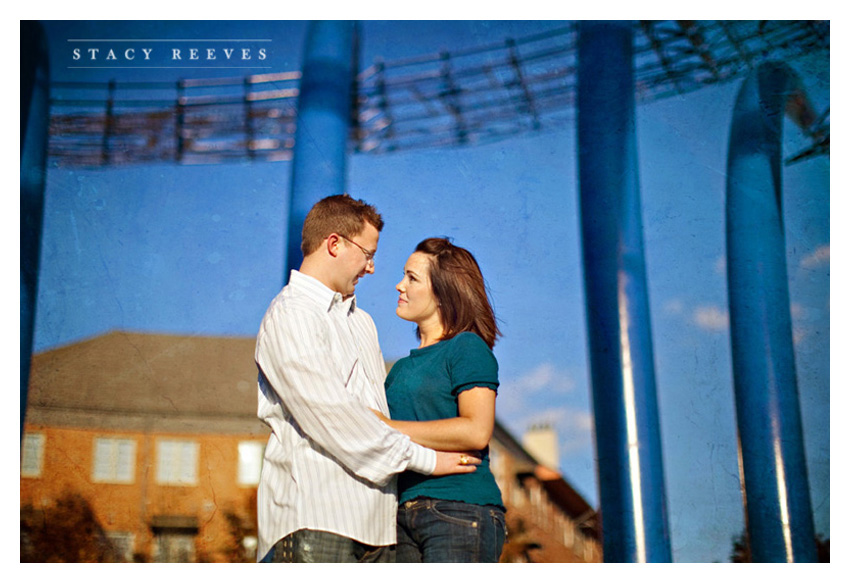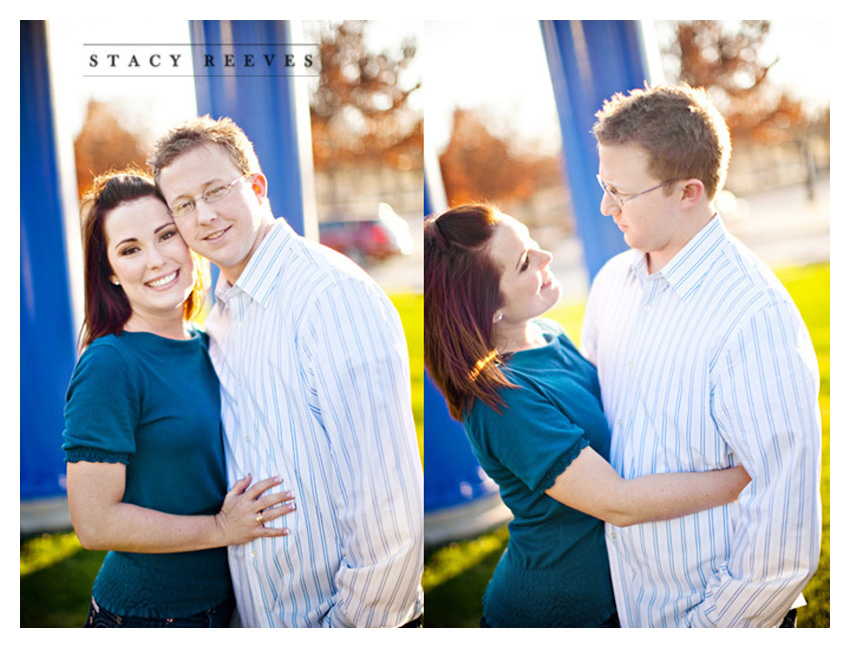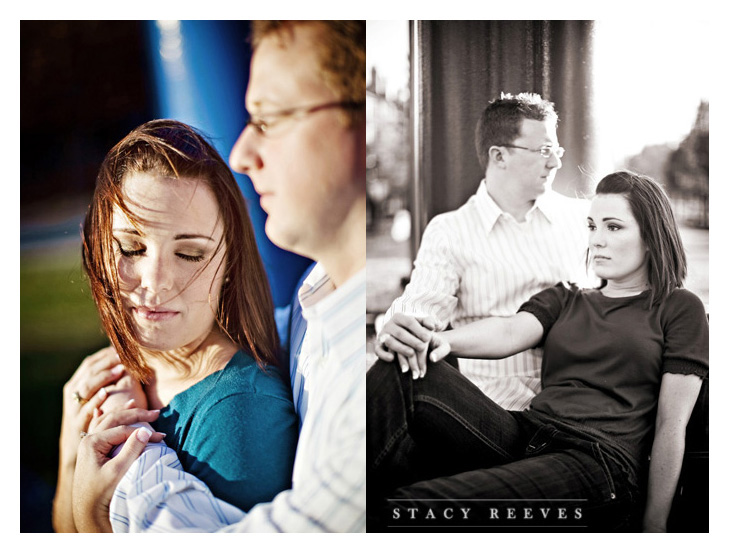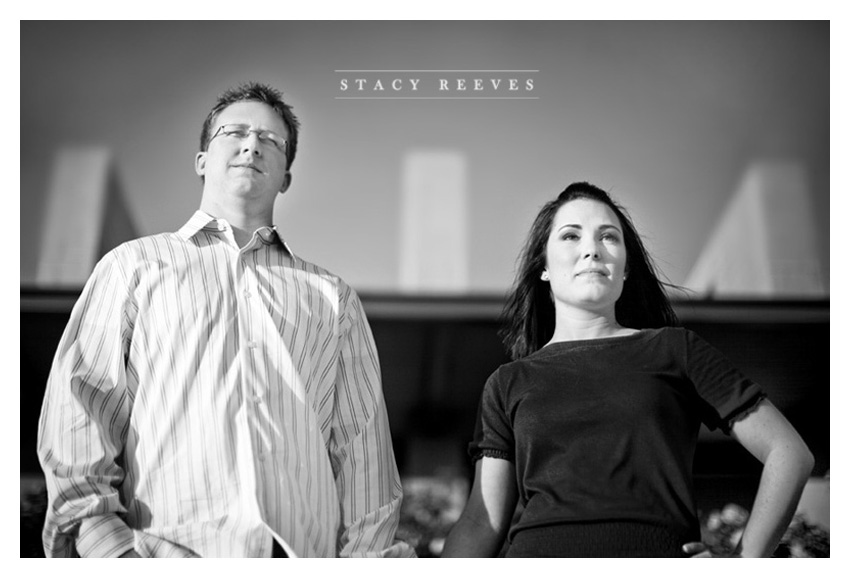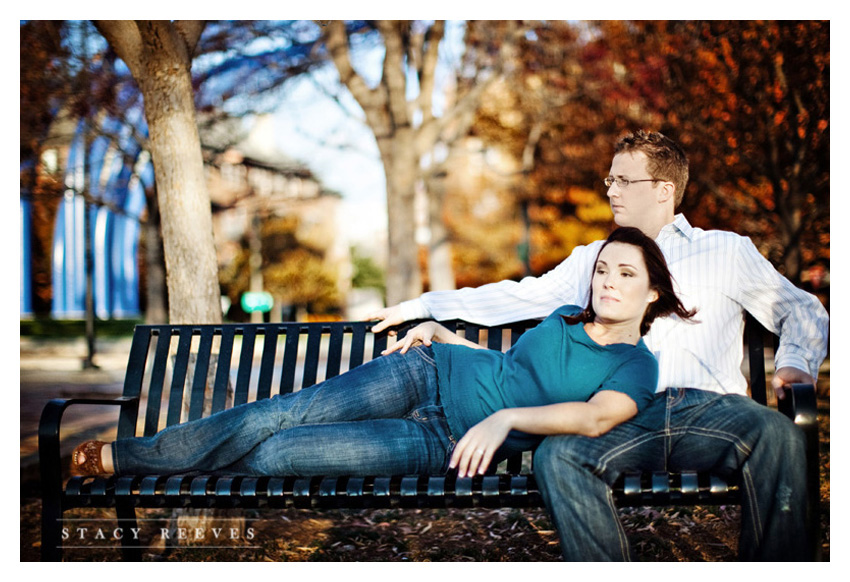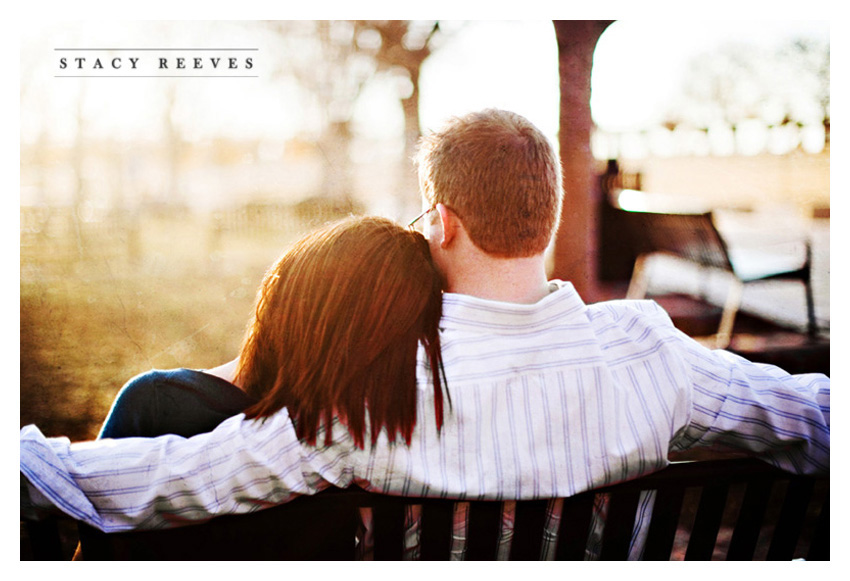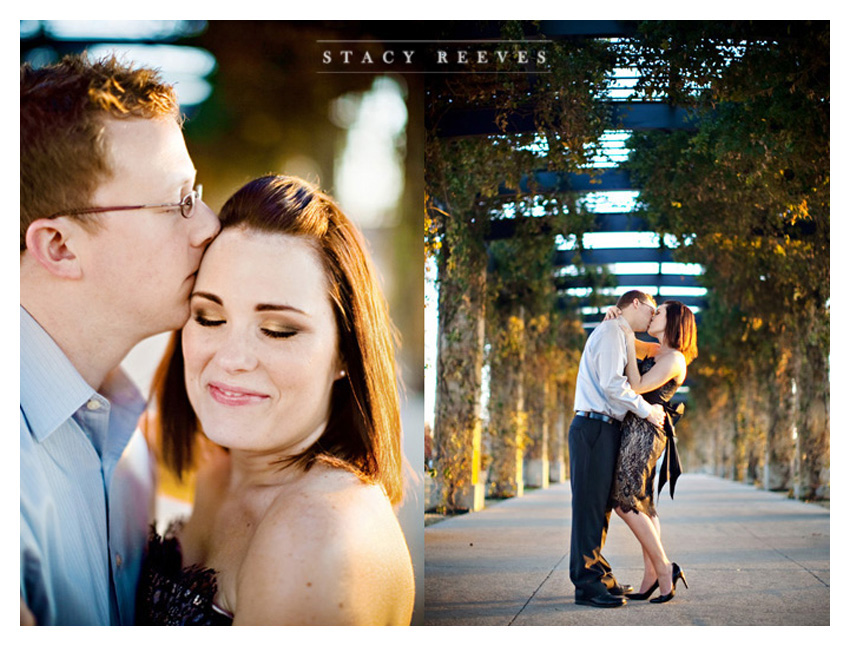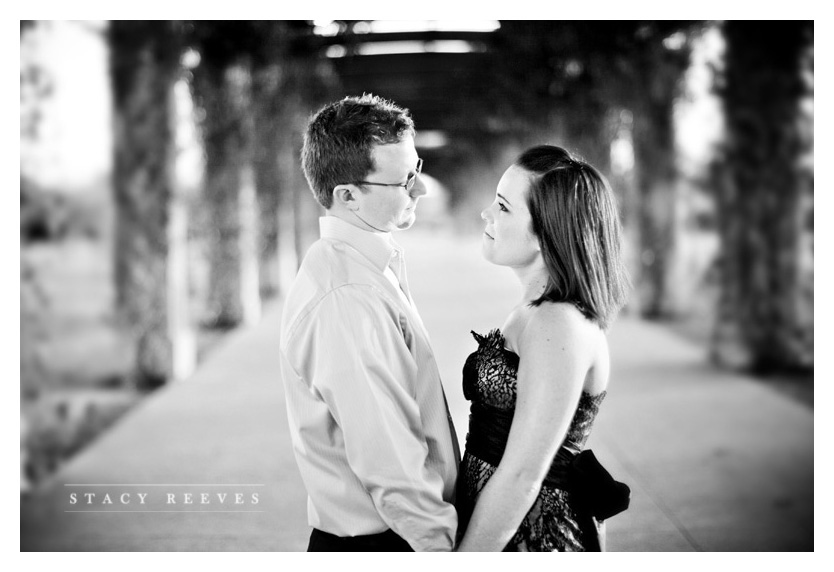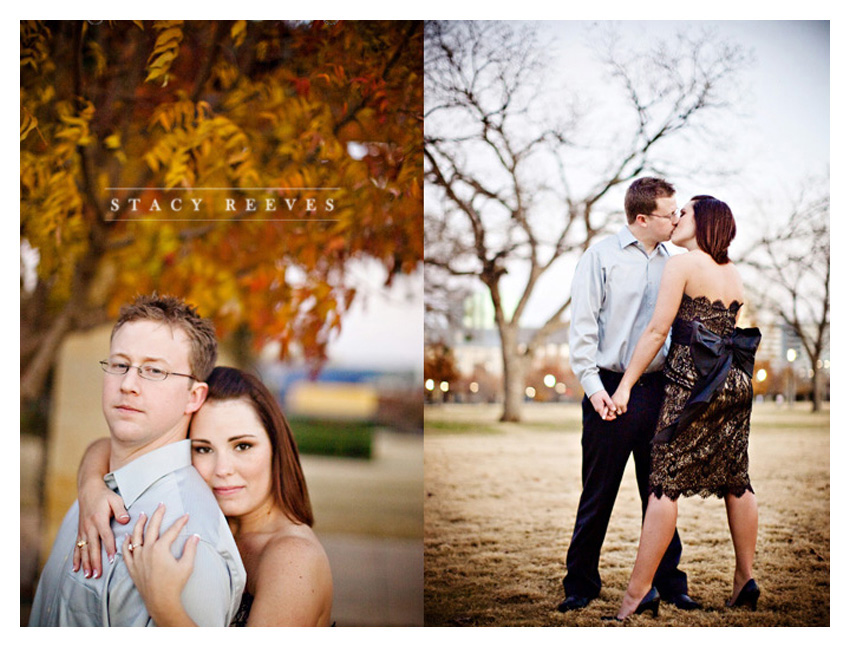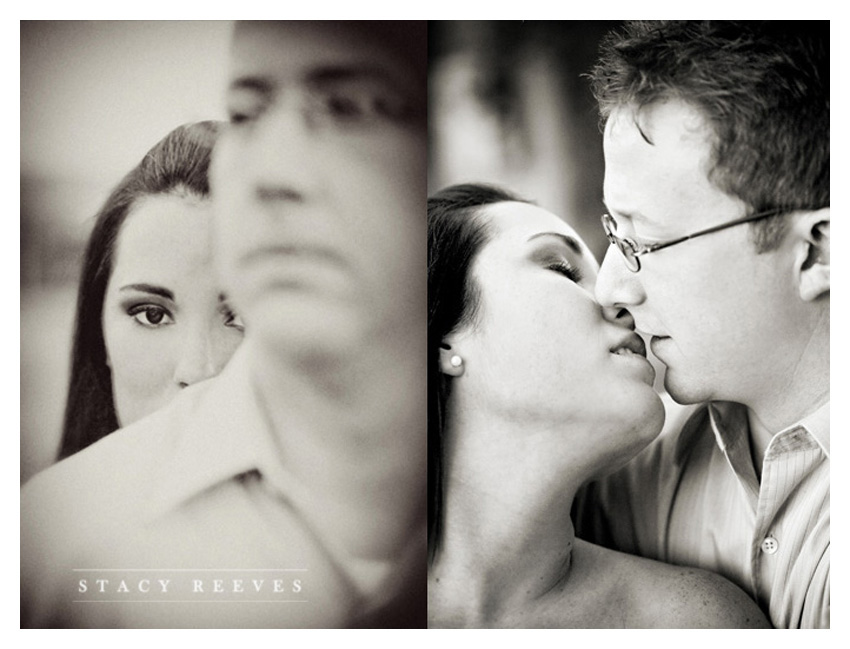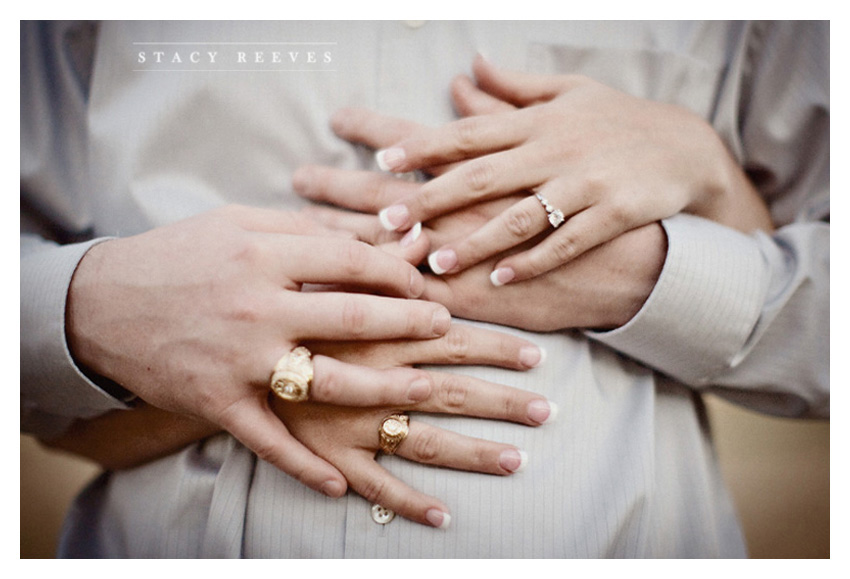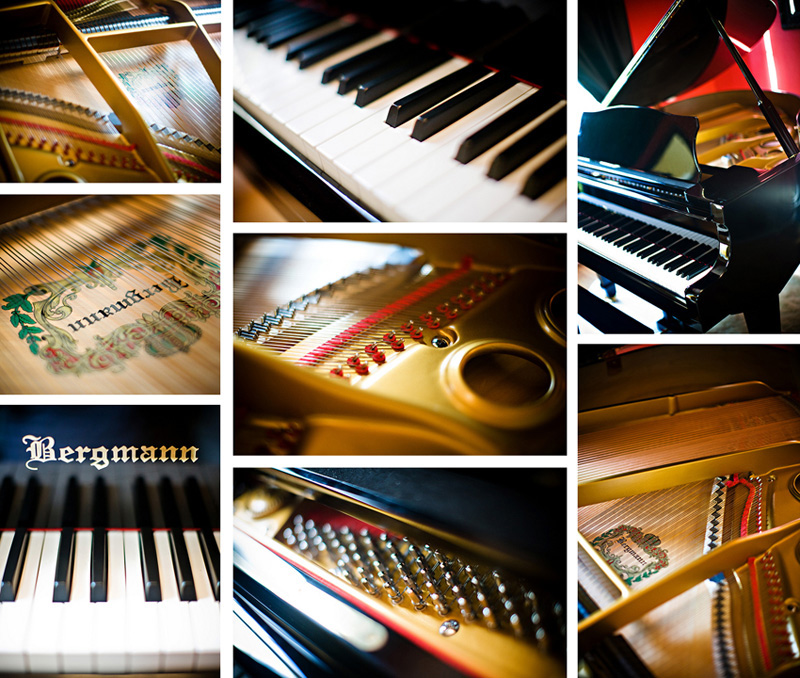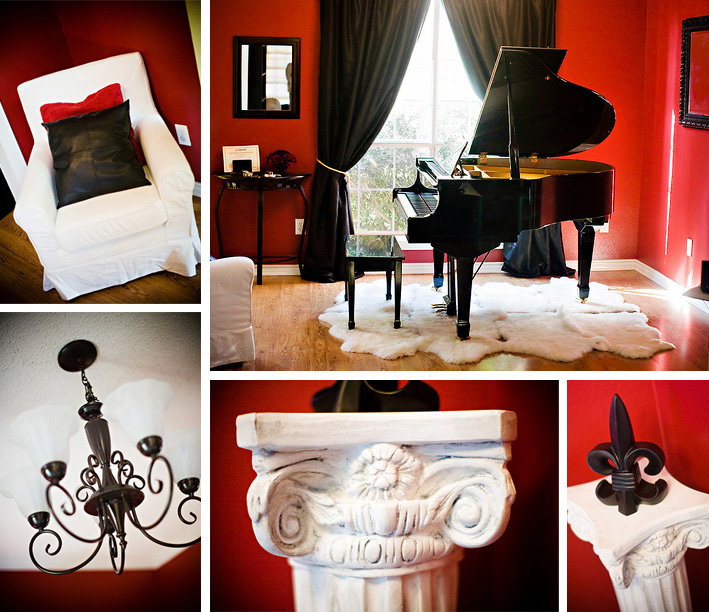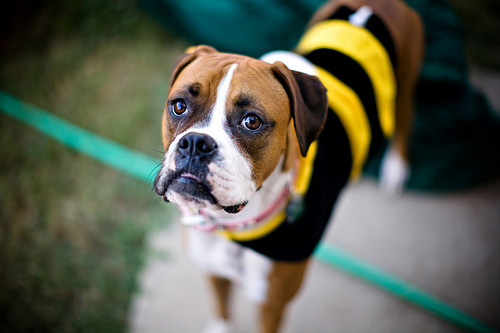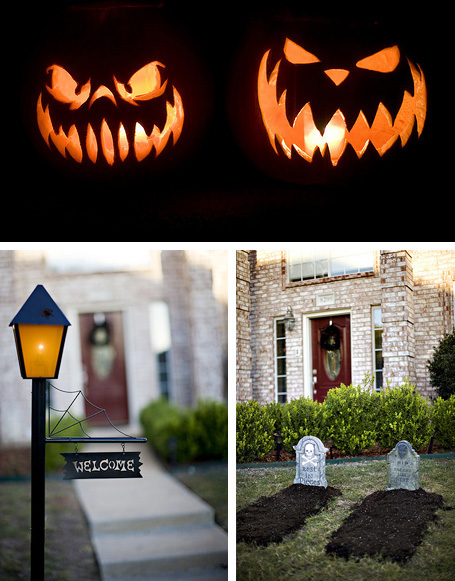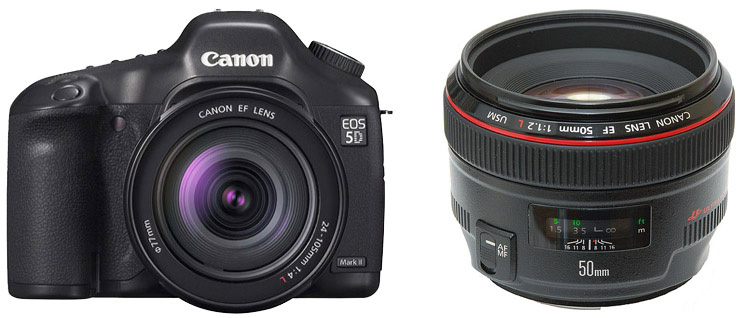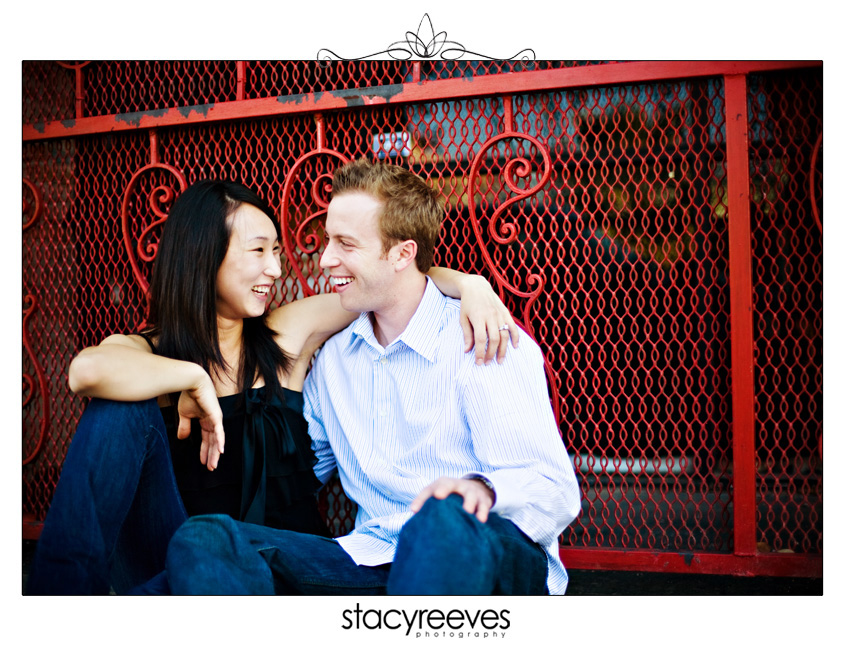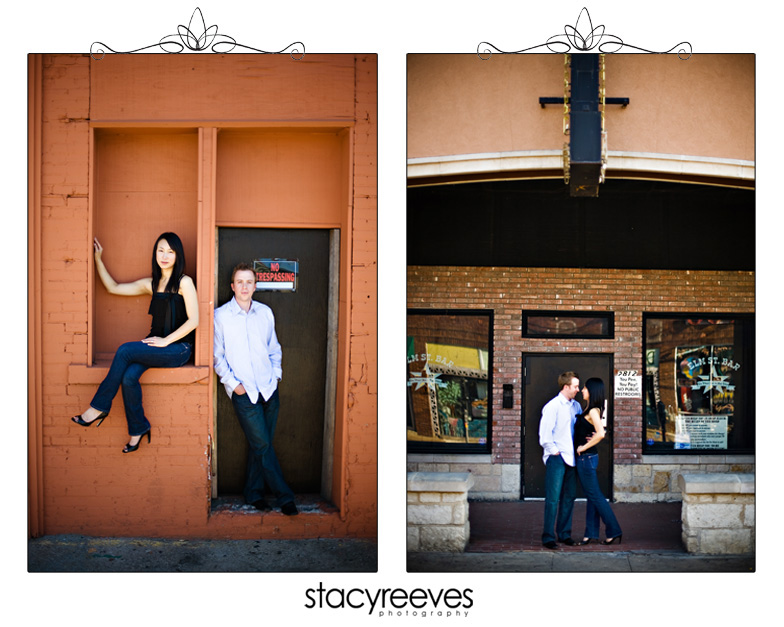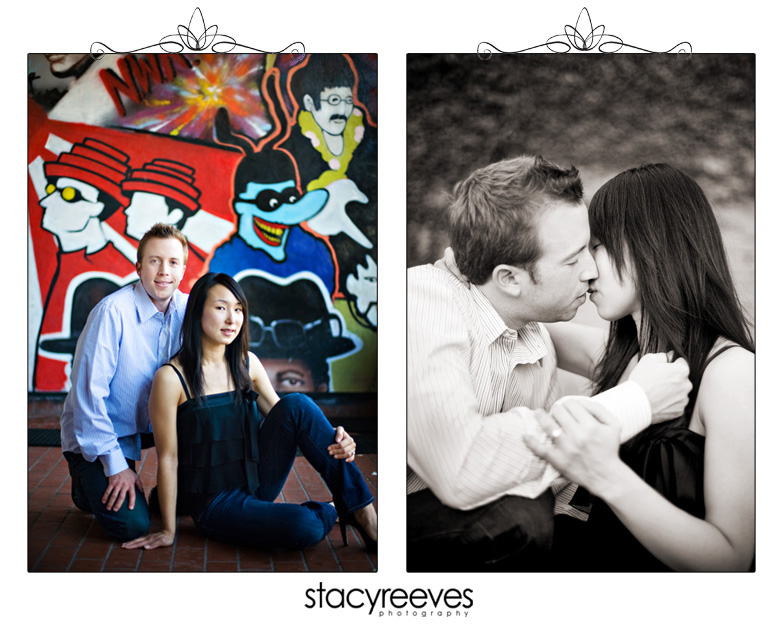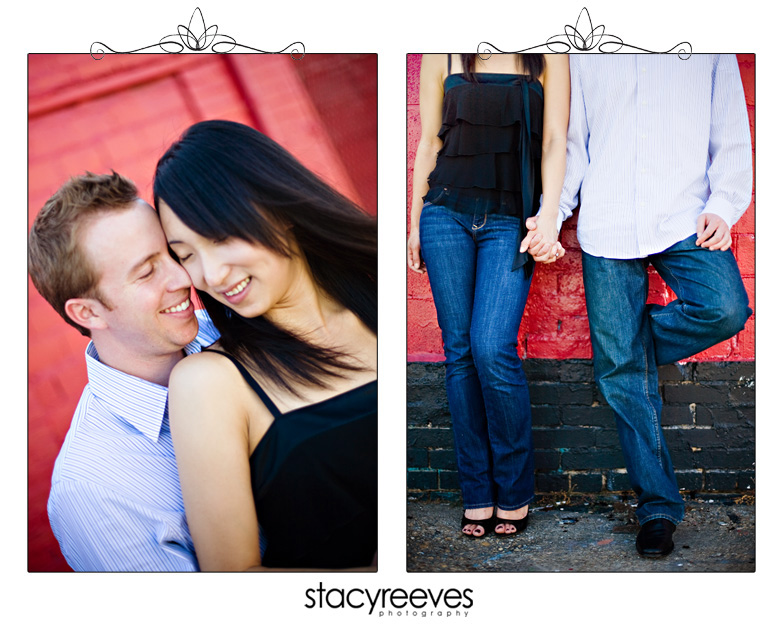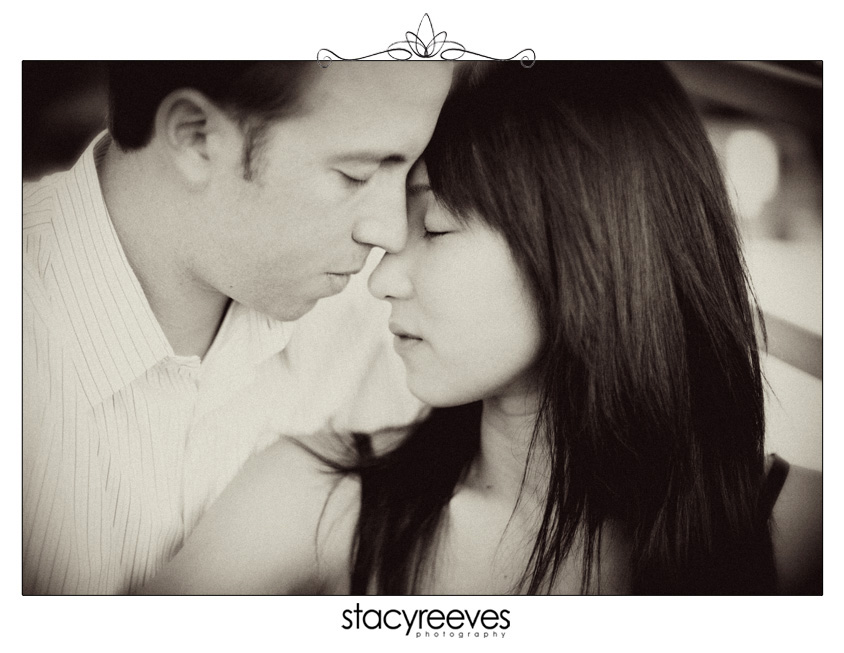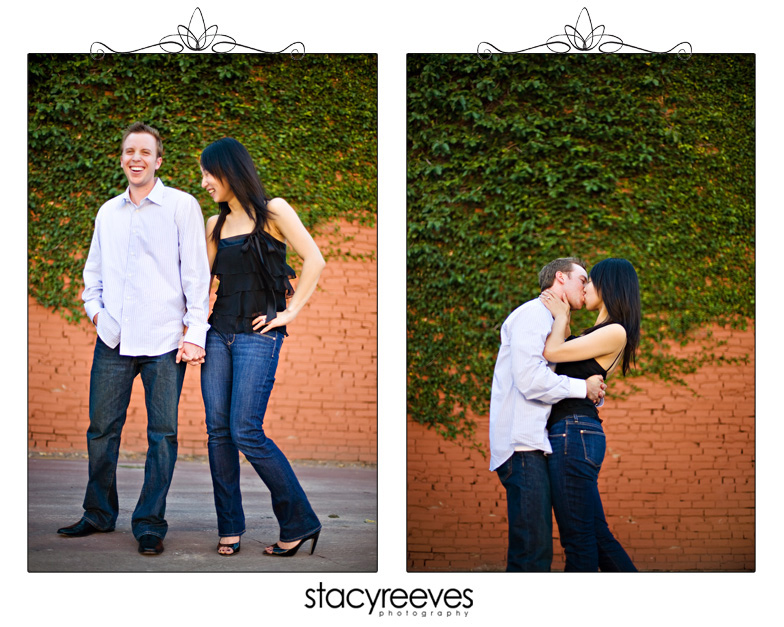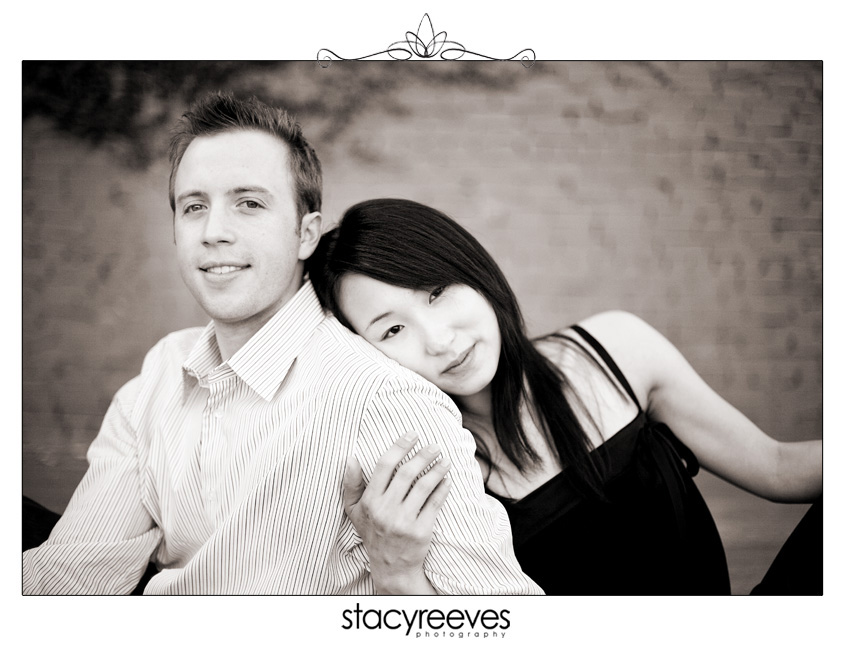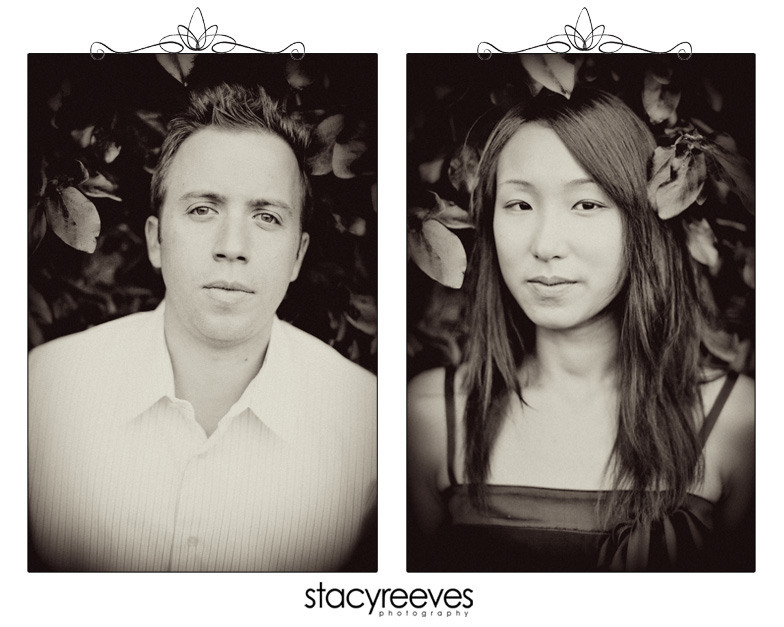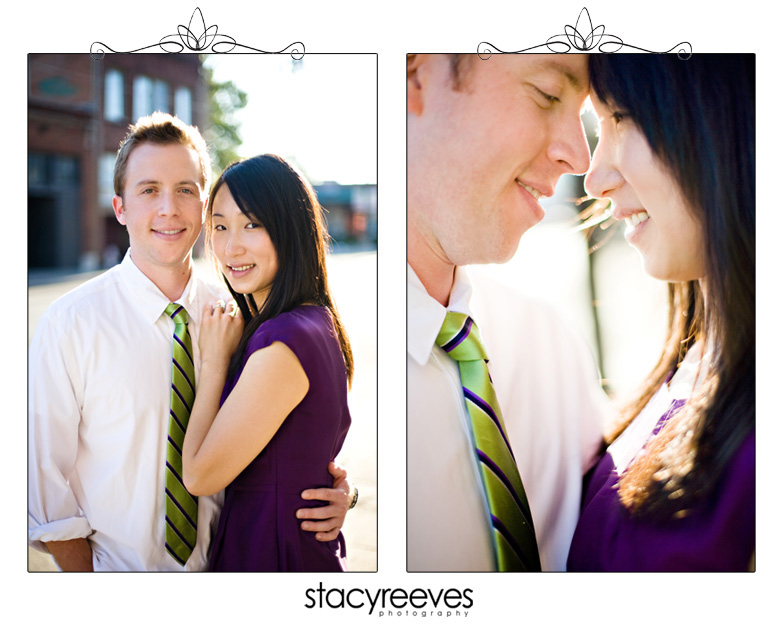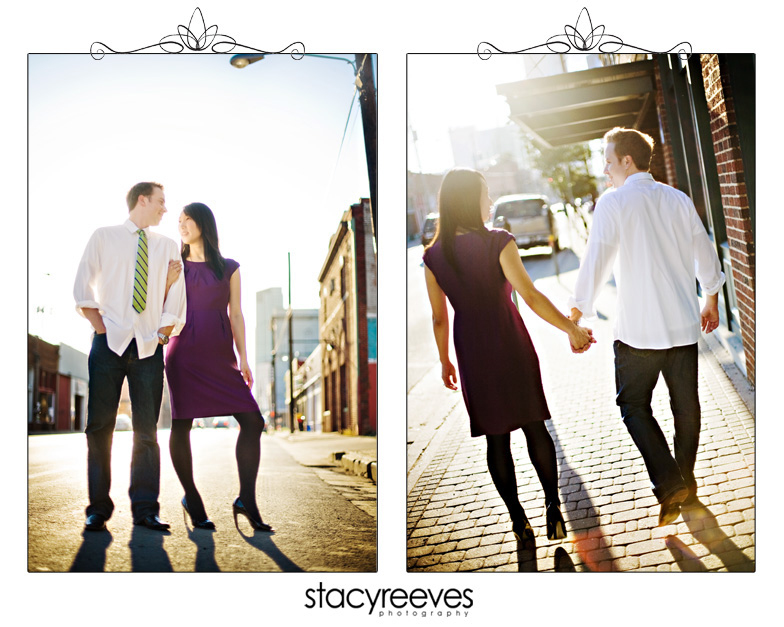Although I haven’t used the camera much yet, I do want to provide some feedback for anyone who is considering purchasing it. A lot of you have asked me if I think it’s worth the upgrade, and it’s hard for me to say because that decision depends on a lot of factors that are specific to you as a photographer. To make it easier, I’ve prepared a list of PROs and CONs.
PROs (in order of how much I care about them):
–Improved image quality. The jury is actually still out on this one, but one thing I have noticed is that the images are much, much crisper. I used to run a sharpening action on all my images from the old 5D, and now I am finding that that action is making the images look over-sharpened, and that the SOOC image is pretty amazingly sharp as-is.
–Small RAW. I hate big images, I think anything over 8 MP is a complete waste, and even the original 5D was too big for me. Each JPG was 12-15 MBs, too big to send even one over most e-mail systems. Small RAW gives me a 10 MP option, so my files are now a little bit smaller, which is great, but of course there’s always the option to use the 21 MP huge RAW if I feel like wasting memory card space. The filesize selection menu also tells you how many photos you can take on your memory card at each setting directly in the menu, which is very useful.
–Manual autofocus point tweaking, PER LENS!! So if you have a lens that you know is slightly soft at the far right point, you can tweak it in camera to make it sharper. CRAZY. And here’s the best part – Canon has already determined this information for most of their lenses, so all you have to do is download it and sync it to your camera, and WHAMMY – instantly sharper lenses. Probably the single most awesome feature on the camera.
–HD Video.. More on this in a bit.
–Automatic sensor dust cleaning, and – get this – Dust Detection Removal, which will record where sensor dust spots were, clean them, and then fix those spots in the photos you’ve already taken. Holy cow.
–AUTO ISO!!! This is HUGE, it’s insane that it took Canon this long to get this.
–New highlight protection feature. When turned on, this option gives you a little bit more detail in your highlights, which is helpful when you shoot lots of white wedding dresses in direct sun, like I do. However, when turned on, this feature limits the ISOs that you can use, which can be a hassle, unless you have it set up on one of your……
–Three custom Creative modes, so you can have a “sunny outdoor with highlight protection” setting, “dark church” setting, and “reception with flash” setting (or whatever else you choose).
–Bigger, improved LCD screen with more options and LiveView, which lets you see what the photo will look like before you take it. If you’re trying to make the switch to full Manual, like I am, this will help you quite a bit, because you will be able to see on the screen if your settings are too light or too dark. LiveView also has a magnification option, which is very helpful if you’re a manual focuser, as well.
–Focus point notification. Basically you can activate a setting that will place a red dot over the area of the image that is in focus (in playback). Very handy for insuring that you don’t get home from a session only to find out that your favorite photo of the series was backfocused.
–Ability to make new folders on your memory card. This was something I missed from my 1D Mark II N.. Really useful for organizing images from the day of the wedding, or setting aside a group of images that is special for some reason.
–Option to insert your copyright info into the EXIF of every image you take, as well as the option to mark a photo as an “original” copy. This way, if someone steals your photo and strips the exif, you’ll have proof that your photo was the original.
–Speedlite custom functions, so you can have settings specific to each of your flashes that are automatically set when you put the flash on your camera.
–Super high ISOs. I shot several of the photos from Darby and Mark’s session at ISO 2500 and although the grain was noticeable SOOC, it was easy to remove in Lightroom. I doubt I’ll be using the high ISOs all that much since I use flash when it gets dark, but it’s nice to have them for those super dark churches where no flash is allowed.
–Improved battery information, including percentage of power remaining and number of shutter clicks on that battery (to determine recharge performance). You can also “register” your batteries with the camera, so that your camera will remember what power level each battery is at. With this option, you won’t have to try to remember which battery is drained and which one is fully charged, because your camera will store a catalog of that information for you!
–Lots of things that will be very helpful for JPG shooters, such as Filters and toning in Black and White mode, white balance bracketing, vignette correction, tons of Picture Style options, etc.
CONs:
–HD video is incredibly, incredibly flawed. Considering that Canon pushed back the release of this camera for sooo long, it’s really unforgivable that they released it with such a majorly messed up headlining feature. The main problem with the HD video is that there is basically no manual exposure control, aside from a slider that functions as a “brighter/darker” scale. All the hype about being able to use your fancy 1.2 and tilt-shift lenses is somewhat moot, because the camera retains almost ALL control over your exposure settings, including your aperture. You’ll notice that virtually all of Canon’s promo videos using the HD video are at night – that’s because shooting in near dark is the only way you can get your camera to use a fast aperture, producing those impressive shallow-DOF scenes. If you shoot in a well-lit area, you’re stuck using f16 the whole time, and it doesn’t look very impressive. The autofocus is also really frustrating – it’s very very searchy, and goes in and out and in and out several times before finally locking in, and it it often also throws your exposure way out of wack, making most of the video you shoot while using autofocus useless. The only upside to the autofocus is that it stops down to your widest aperture, so you can at least get a little taste of what your video would look like if you were actually able to shoot at f1.2 (or whatever your max. aperture is). I have my fingers crossed that
–Sensor issues. I have noticed that the reds/oranges/yellows are way, way too strong.. To be fair, since the camera is so new most programs (including what I use, Lightroom) had not yet released support for the Canon 5D Mark II images. Now that they are starting to update, they may make corrections to compensate for this, so it might not be as big an issue. However, there are other problems.. Many people are reporting seeing black dots on their night images, and I have three – THREE – dead pixels (white spots that appear in the same place in every image) on my brand new, right out of the box camera.
–New battery. What a huge pain in the butt. I can’t even sell my old batteries to buy the new ones, because I still need them for my 5D Mark I and Jason’s 30D. This adds at least another $200-300 to the cost of the camera, not to mention extra time, hassle, and camera bag space. This may have been a necessary evil to compensate for the video feature and LiveView draining the battery life, but it’s upsetting to think that it might have just been a ploy from Canon to get more money out of us. I guess I can forgive them if it was, since the 5D Mark II was surprisingly cheap at only $2700 ($2500 if you shop hard enough).
Obviously there are far more PROs than CONs, but that doesn’t mean that I advocate running out and buying one right now. The 5D Mark II is a substantial improvement over the Mark I, that is true without a shadow of a doubt. It gives the photographer far more control over their images, and has a lot of features intended to save photographers time, which is wonderful. I honestly believe it is the best DSLR on the market right now, hands down. That said… Everyone doesn’t need the BEST camera, especially when the 5D Mark I is such an incredible camera, as well.
If you’re a smart, rational shopper, there are really only two reasons to spend the extra $1200+ on the Mark II (since Mark I’s have now dropped to $1500 or less): High ISO and HD video, and as I’ve already mentioned, the HD video is extremely flawed. If I were a more patient person, I would probably wait it out and see if Canon releases a firmware fix for the video shortfalls in the next couple of months. If they do, then I’ll say it’s absolutely 100% THE camera to have as a wedding or portrait photographer. If they don’t, I suspect that we will see a 5D Mark IIN or a 5D Mark III in less than a year, and that will be the camera to own. Since I am not a patient person, and since I really want to have the ability to play with the HD video, flawed as it may be, I went ahead and took the plunge, and I don’t regret it at all.


